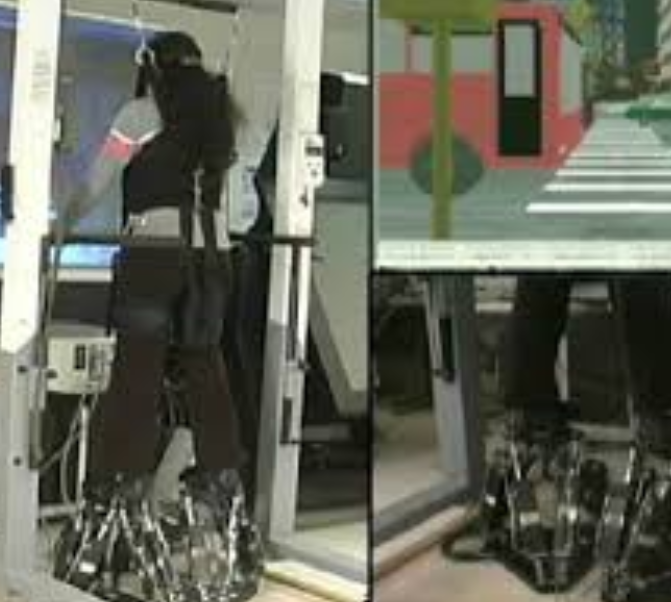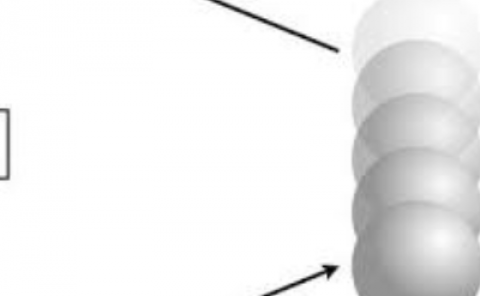Haptic effects modulate kinetics of gait but not experience of realism in a virtual reality walking simulator
PubDate: September 2008
Teams: University of Medicine and Dentistry of New Jersey;Rutgers University
Writers: Judith E. Deutsch; Rares F. Boian; Jeffrey A. Lewis; Grigore C. Burdea; Andrea Minsky

Abstract
Presence in virtual environments is achieved when the user is immersed and experiences a sense of realism. Multi-modal feedback is used to create this sense of realism. This study tested the contributions of visual stimuli and haptic effects to the userspsila sense of realism on a walking simulator. Haptic effects were modeled as an icy or a muddy road surface. To determine if the haptic effects modified gait we also measured the temporal spatial and kinetic characteristics of walking. Eleven healthy adults walked on a simulator to cross a virtual street. Twenty two walking trials were randomly presented in which either visual, haptic (floor effects), or combined visual and haptic effects were presented. Realism, feeling and seeing were rated after each trial using a visual analogue scale (VAS). Kinetic data were extracted from the mobility simulator force transducer for initial contact and initial swing. Kinematic data were collected using reflective markers and six-camera system. Reports of realism were not enhanced with the addition of floor effects. Kinetics of gait were modulated by haptic effects with a shorter step length and decreased force in the z (downward) direction during initial contact for ice (haptics alone) and increased forces in the x (forward) and z (upward) direction during initial swing for mud. A shortened step length and decreased velocity relative to over-ground walking may have masked the perception of the floor effects, even though subjects changed their gait kinetics.


